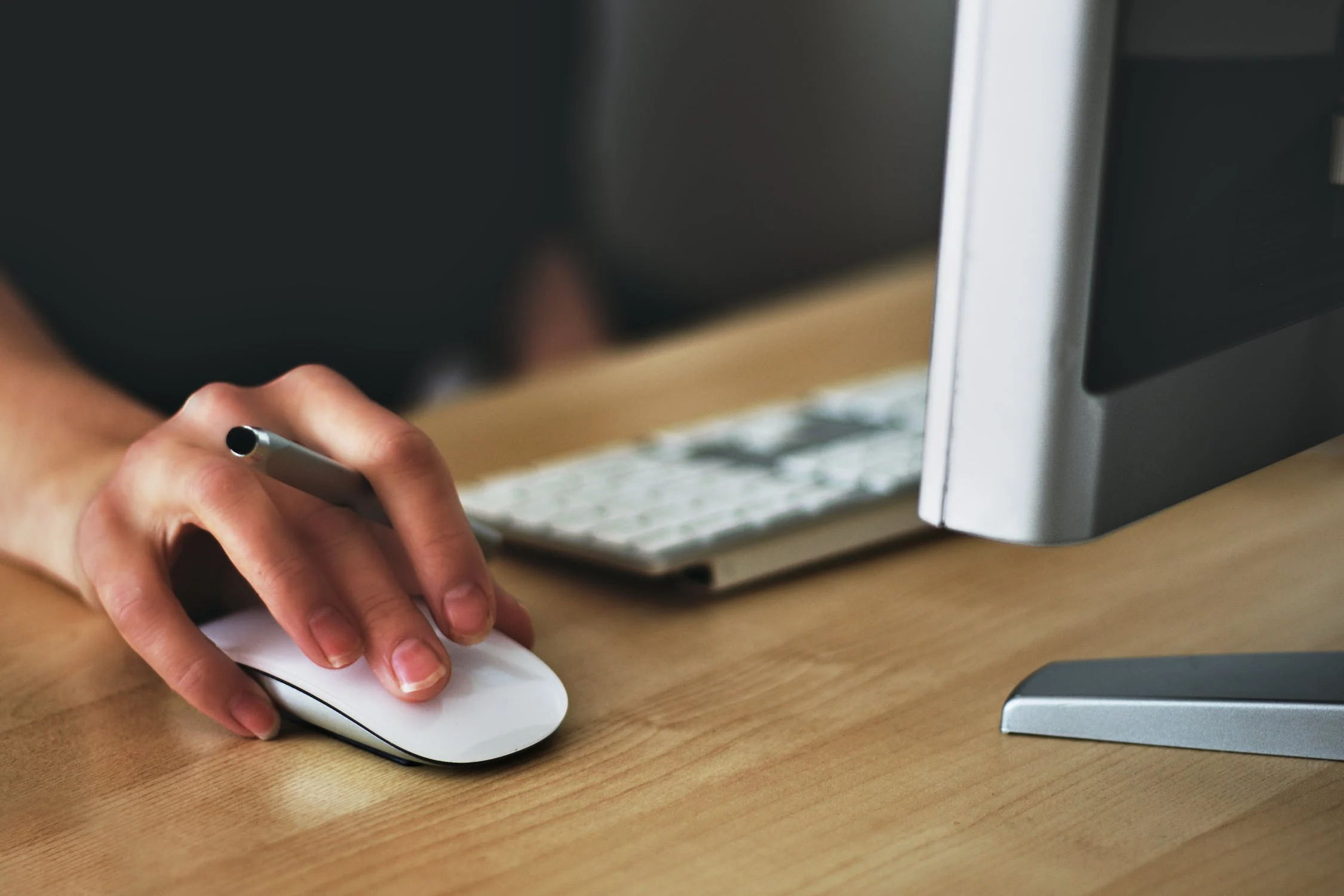There are countless opportunities to make money online and one particularly exciting avenue is Redbubble— a platform that allows individuals to create and sell their own custom-designed merchandise.
If you’re new to the concept or haven’t explored Redbubble yet, this article is your ultimate guide to kickstart your online journey. By the end of this tutorial, you’ll have a clear understanding of how to make money on Redbubble in 2022, even if you’re a beginner.
What is Redbubble?
Before we delve into the step-by-step process of making money on Redbubble, let’s start with the basics. Redbubble is a free-to-use platform that empowers artists, designers, and creative individuals to set up their online print-on-demand stores.
The idea is simple: you upload your artwork, and Redbubble handles the production, printing, shipping, and customer service. All you need to do is focus on creating stunning designs and promoting your products.
Now, let’s break down the steps to help you embark on your Redbubble journey and start earning money online.
Step 1: Research Trending Products and Niches
Before you jump into creating your Redbubble store, it’s crucial to identify what products and niches are currently trending. This research phase is vital to ensure that your designs have a better chance of resonating with potential customers.
To begin, head over to the website known as “Bubble Spider.” This platform is a valuable resource for discovering trending products and niches on Redbubble. It provides insights into what’s popular, helping you make informed decisions about your designs.
Take your time exploring Bubble Spider’s data, as it will give you a clear picture of what’s currently in demand. Pay attention to various niches and product categories, including clothing, accessories, home decor, and more.
Step 2: Design Creation
Once you’ve identified a niche or product category that interests you and aligns with your findings from Bubble Spider, it’s time to create designs. There are two primary approaches for design creation: outsourcing to freelancers on platforms like Fiverr or utilizing AI-powered design software.
1. Outsourcing to Freelancers:
When you opt to outsource your design work to freelancers, you’re leveraging the skills and expertise of professional designers. Here’s a more detailed look at this approach:
A. Finding Freelancers:
- Platforms like Fiverr: Fiverr is a popular online marketplace where you can find a diverse range of freelance talent, including graphic designers, illustrators, and artists. To find the right freelancer for your project, you can browse through profiles, read reviews, and view samples of their previous work.
- Other Freelancing Websites: In addition to Fiverr, platforms like Upwork, Freelancer, and 99designs also offer access to skilled designers. Depending on your project requirements and budget, you may explore these options as well.
When you’ve identified a suitable freelancer, it’s essential to establish clear and open communication. Clearly outline your project requirements, expectations, and deadlines. The more information you provide, the better the freelancer can understand your vision.
A well-structured creative brief can help guide the freelancer in creating designs that align with your niche and target audience. Include details such as color preferences, style guidelines, and any specific elements you want in the design.
If necessary, don’t hesitate to request revisions or adjustments. Most freelancers are open to making changes to ensure your satisfaction.
2. Utilizing AI-Powered Design Software:
For those who prefer a more hands-on approach or have budget constraints, AI-powered design software offers a user-friendly alternative. Here’s a closer look:
- Canva: Canva is a popular and user-friendly online design platform that provides a wide range of templates, design elements, and customization options. It’s suitable for beginners and offers both free and paid plans.
- Adobe Spark: Adobe Spark is another web-based design tool that offers intuitive features for creating graphics, web pages, and videos. It’s part of the Adobe Creative Cloud suite and has both free and premium versions.
- Designhill’s AI: Designhill offers AI-powered design tools that can assist in creating logos, social media graphics, and more. It’s known for its simplicity and affordability.
- Midjourney: MidJourney AI is an online image tool that uses AI for realistic pictures. It analyzes things like composition, lighting, and color to make pro-quality images. It’s efficient, unique, and has lots of templates for quick image creation.
AI-powered design platforms typically offer a variety of pre-designed templates for various purposes. You can select a template that aligns with your niche and customize it to fit your brand.
These platforms provide access to a library of design elements, such as images, icons, and fonts, which you can use to enhance your designs.
One of the advantages of AI-powered design software is the ability to personalize templates and elements to match your unique style and vision. Adjust colors, fonts, and layouts to create designs that resonate with your target audience.
Ensure that you export your designs in high-resolution formats suitable for printing, as Redbubble will require high-quality images for products like posters and apparel.
Step 3: Set Up Your Redbubble Store
Setting up your Redbubble store is a critical step in establishing your online presence and attracting potential customers. You need to customize your store to make it unique and appealing.
Begin by opening your web browser and navigating to the Redbubble website (www.redbubble.com). If you’re new to Redbubble, you’ll need to sign up for a free account. Look for the “Sign Up” or “Join” button on the homepage and click on it.
Redbubble offers convenient registration options. You can sign up using your email address or your social media accounts, such as Facebook or Google. Select the method that suits you best.
Step 4: Customize Your Store
When it comes to name, your store should shout uniqueness and memorability. Your Redbubble store name is more than just an identifier; it’s your brand’s identity. Hence, it should be unique, memorable, and relevant to your niche or the type of designs you plan to sell.
Your store name matters. Spend some time brainstorming and coming up with a name that reflects your style and the essence of your designs. Make sure it’s not too similar to existing stores to avoid confusion.
Then there’s your profile picture and banner. The visual representation of your shop. It can be your logo, a photo of yourself, or an image related to your niche. Make sure it’s clear and instantly recognizable. These elements personalize your store and create a visual identity that customers can connect with.
Step 5: Humanize Your Brand
Filling out the “About” section of your profile in Redbubble is a good way of humanizing your brand. The “About” section is where you can tell your story as a creator.
Share information about yourself, your creative journey, and what inspires your designs. Additionally, let customers know what they can expect from your products in terms of quality, style, and uniqueness.
This section provides an opportunity to connect with your audience on a personal level. Explain your passion for your craft and how it translates into your creations.
People often like to know the story behind the products they purchase, and this section allows you to establish a connection and authenticity.
Step 6: Upload Your Design
After customizing your store and designing, upload your artwork. It’ll appear on various products like t-shirts, pillows, phone cases, and more. Add titles, tags, and relevant descriptions. Scroll to the bottom and save.
When someone buys your products, you earn a commission. You’ll receive payments through methods like PayPal or Payoneer.
Print-on-demand is ideal for entrepreneurs and artists with limited capital or those testing new ideas before a big investment. Success in print-on-demand depends on your marketing strategy. Target a specific audience; don’t try to reach everyone. Focus is key.



